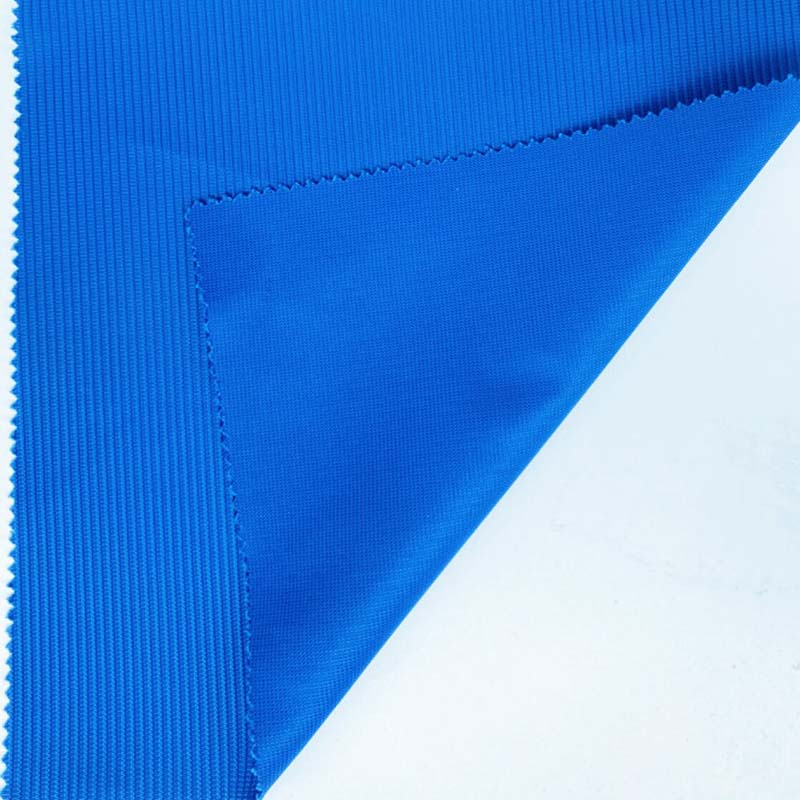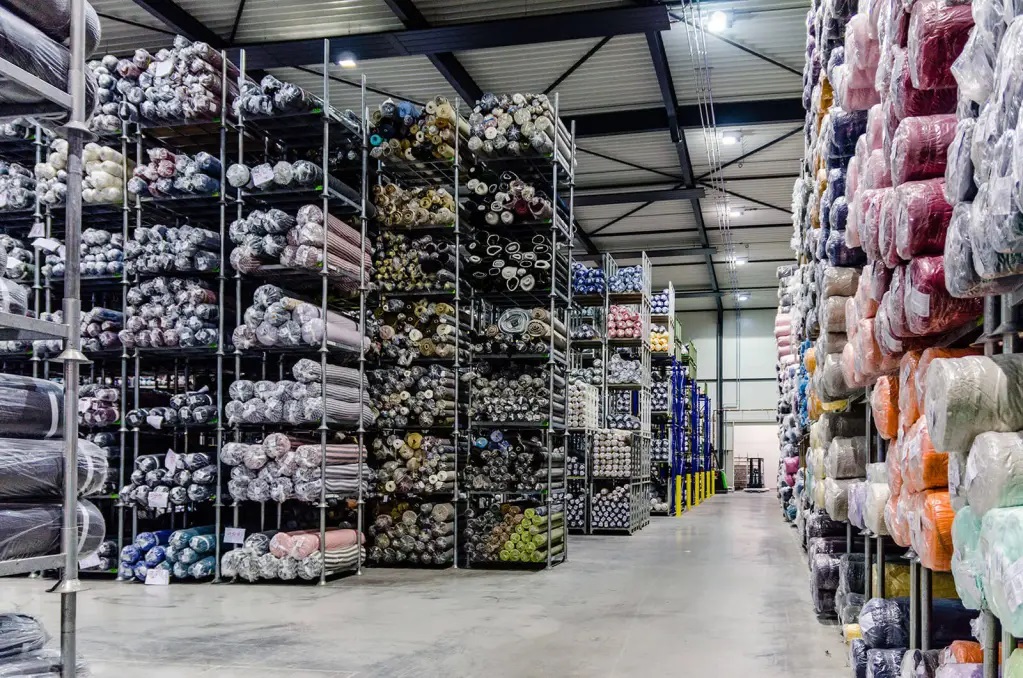Basic introduction of knitted fabrics
Knitted fabrics are a type of textile material that is created through the process of knitting. Knitting is a technique that involves interlacing yarns or threads in a series of rows and columns to create a fabric. The yarns are looped around each other to form a fabric that is flexible, stretchy, and can be shaped to fit various forms.
Knitted fabrics are commonly used for clothing, such as sweaters, hats, scarves, and gloves, as well as for home textiles, such as blankets, bedspreads, and curtains. They are also used in industrial applications, such as in the production of technical textiles, medical textiles, and geotextiles.
Knitted fabrics have several unique properties that make them different from other types of textiles. They are:
- Flexible: Knitted fabrics are highly flexible and can be stretched in all directions, making them ideal for clothing that needs to fit snugly or for textiles that need to conform to a specific shape.
- Stretchy: Knitted fabrics can stretch up to 50% of their original size, making them ideal for clothing that needs to accommodate movement and growth.
- Soft: Knitted fabrics are soft to the touch and provide a comfortable feel, making them ideal for clothing and home textiles.
- Lightweight: Knitted fabrics are lightweight, making them ideal for clothing that needs to be portable and easy to wear.
- Breathable: Knitted fabrics allow for airflow, making them ideal for clothing that needs to be breathable and comfortable.
- Sustainable: Knitted fabrics can be made from sustainable materials, such as organic cotton, recycled polyester, and other eco-friendly yarns.
- Versatile: Knitted fabrics can be used for a wide range of applications, from clothing and home textiles to industrial and technical textiles.
Overall, knitted fabrics are a versatile and sustainable textile material that offers a range of unique properties and advantages. They are widely used in various industries and are a popular choice for many applications.
Difference between warp knitting and weft knitting
Warp knitting and weft knitting are two types of knitting techniques used to create fabrics. The main difference between them lies in the direction of the yarn loops and the number of yarns used.
Warp knitting involves creating loops along the longitudinal direction of the fabric, also known as the warp direction, using multiple yarns at the same time. This type of knitting is used to create fabrics with a large number of loops and a rougher texture, such as decorative fabrics with large patterns and holes. Warp-knitted fabrics cannot be separated into individual threads in the opposite direction, and they cannot be woven by hand.
Weft knitting, on the other hand, involves creating loops along the transverse direction of the fabric, also known as the weft direction, using one or more yarns. This type of knitting is used to create fabrics with a smoother texture and a higher density, such as clothing fabrics and printed fabrics. Weft-knitted fabrics can be separated into individual threads in the opposite direction, and they can be woven by hand.
There are two main types of warp-knitted fabrics: Raschel fabric and tricol fabric. Raschel fabric is made of decorative fabrics with large patterns, a rough cloth surface, and many holes. Tricol fabric, on the other hand, is fine and dense, with few designs and colors, but with a high output. It is mainly used for covering fabrics and printed fabrics, and is typically made of chemical fiber filament.
In summary, warp knitting and weft knitting are two different knitting techniques used to create fabrics, with warp knitting creating loops along the longitudinal direction and weft knitting creating loops along the transverse direction. Warp-knitted fabrics have a rougher texture and cannot be separated into individual threads, while weft-knitted fabrics have a smoother texture and can be separated into individual threads.




